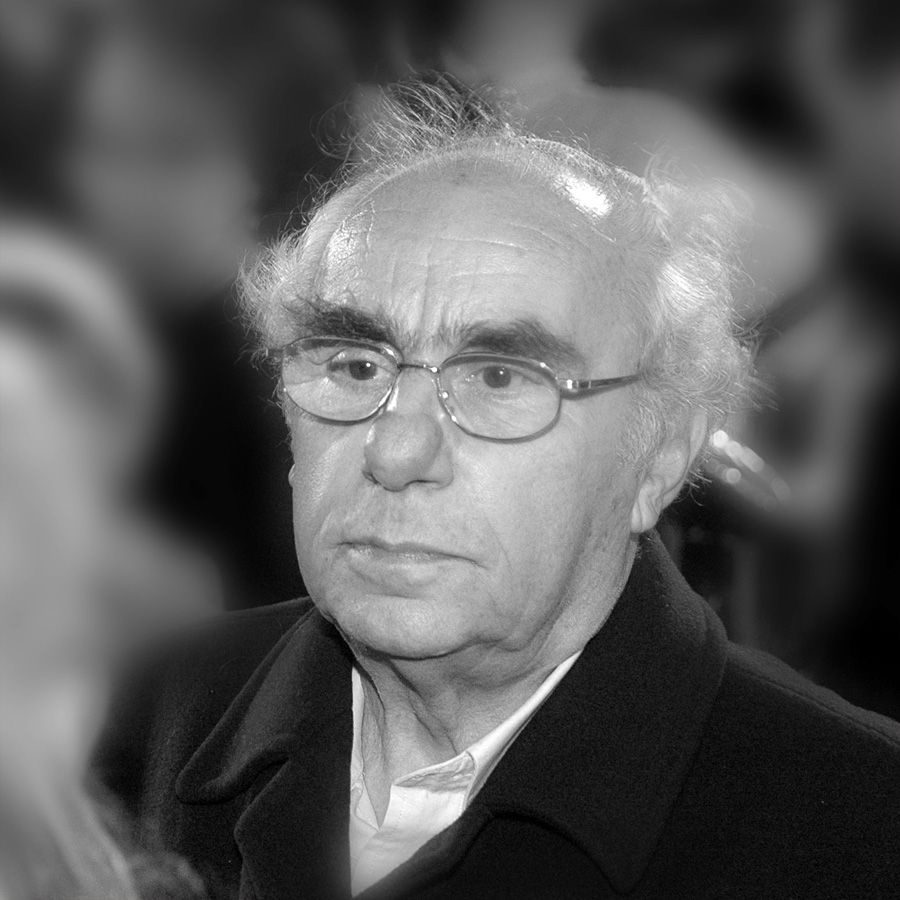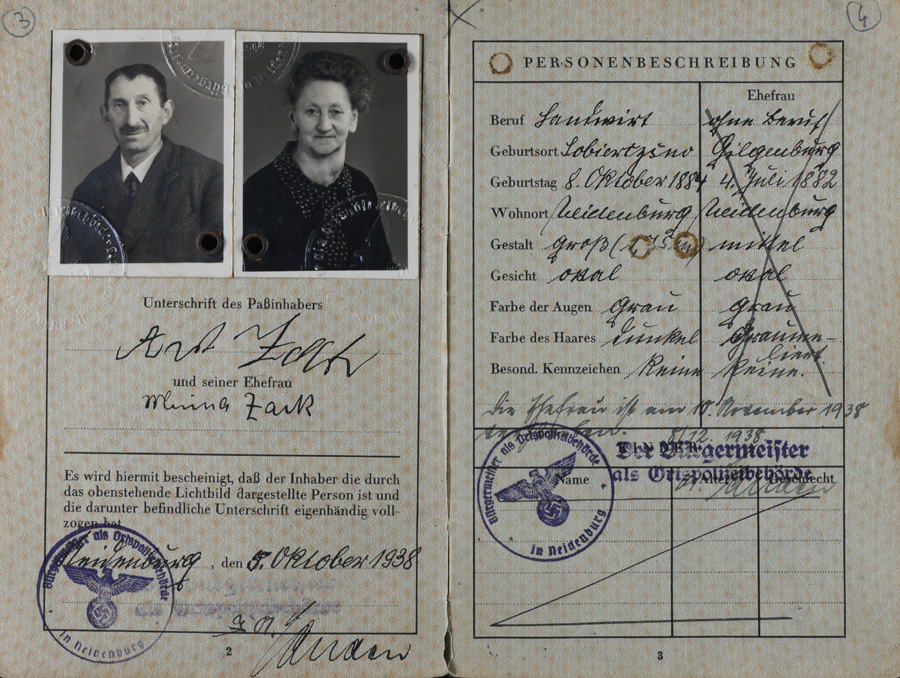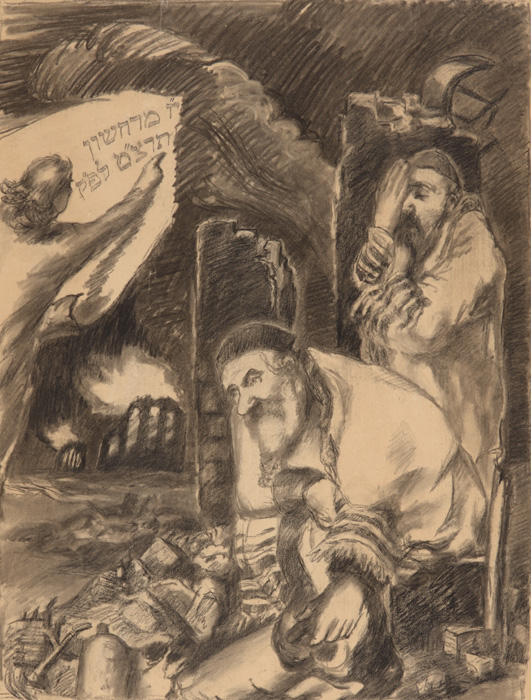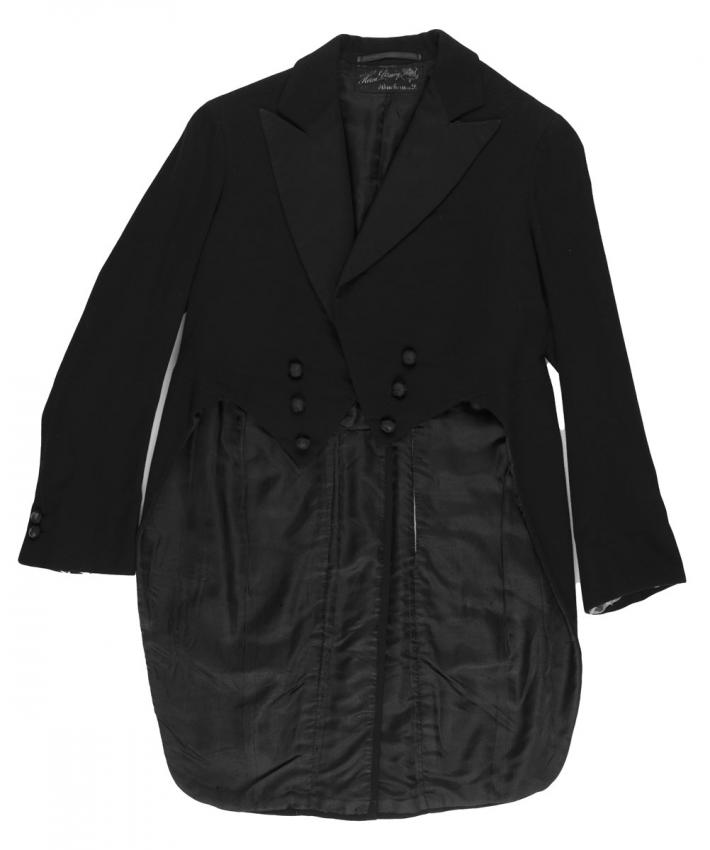Overview
That was the heart of the problem of German Jewry: It was so much a part of German society that the Nazi blow hit it from within. Until 1938 my parents never thought of leaving Germany. "There's no way the Germans we live with will continue to do these things. It's only an episode." That was the atmosphere. It was also the atmosphere on Kristallnacht. They couldn't comprehend it. It came as a blow. I remember my mother standing pale and crying… I remember her phoning her gentile friends – she had more gentile friends than Jewish friends – No answer. No one answered her.
Excerpt from the testimony of historian and Holocaust survivor Prof. Zvi Bacharach, who was ten years old when the events of Kristallnacht unfolded in Hanau, Germany. During the pogrom 91 Jews were murdered, more than 1,400 synagogues across Germany and Austria were torched, and Jewish-owned shops and businesses were plundered and destroyed. In addition, the Jews were forced to pay “compensation” for the damage that had been caused and approximately 30,000 Jews were arrested and sent to concentration camps.















